Our Planet is Gasping for Breath! Here’s a fourth remedy that just about everyone can execute!
The solution for this Blog is going to ask you to GET SMART! In this case you GET SMART by buying a SMART THERMOSTAT! Thermostats are ‘Mission Control’ for space heating and cooling. Smart thermostats use algorithms and sensors to become more energy efficient over time, thus, lowering emissions. Residential energy use for heating and cooling amounts to 9% of energy consumption in the United States! At present, the majority of thermostats require manual operation or preset programming, and studies show that people are notoriously unreliable in doing either efficiently. Smart thermostats eliminate the capriciousness of human behavior, thereby driving more predictable energy savings.
How can such a little thing as a thermostat make a difference? The Project Drawdown folks have projected the following:
“We project that the number of smart thermostats could grow from 3 percent to 58-63 percent of households with Internet access by 2050. In this scenario, 1,453-1,589 million homes would have them. This reduced energy use could avoid 7.0-7.4 gigatons of carbon dioxide emissions for an initial investment of $155-172 billion. Return on this investment is high: smart thermostats can save their owners $1.8-2.1 trillion on utility bills over the lifetime of the units.”
More specifically, the average household savings looks like this: average heating costs are reduced by 10% to 12%, while cooing costs are reduced by 15%. Generally, therefor, the thermostat will pay itself off in less than 2 years.
The first smart thermostat came to market in 2011, developed by a team of former iPhone engineers who saw an opportunity to bring smartphone thinking to the antiquated temperature controls in homes. Thanks to algorithms and sensors, next-generation thermostats learn over time by gathering and analyzing data. You can still turn the temperature up and down, but these devices will remember your choices and memorize your routines—adapting to the dynamic nature of day-to-day living.
Smart thermostats detect occupancy, learn inhabitants’ preferences, and nudge users toward more efficient behavior. The newest technologies also integrate demand response; they can reduce consumption at times of peak energy use, peak prices, and peak emissions. The net effect: Residences are more energy efficient, more comfortable, and less costly to operate.
A typical list of Important features and benefits of smart thermostats is below:
- The thermostat works with the wi-fi in the home to allow the settings to be controlled from anywhere at any time. For example, to warm the home before you get there!
- The thermostat will also “learn” when you come and go and thereby change its settings to and from Eco Settings while you are away or returning.
- It will report your energy history to you daily and monthly
- With the purchase of one or more additional room sensors, you can specify which rooms should be at a specific temperature and a specific time.
So, for as low as $98 to several $100, you can have a nice cozy house, AND, reduce your carbon footprint. Here’s an opportunity to actually Do Something to help the climate and yourself! In both instances, the rewards are large. You save money and live in comfort, and the atmosphere has a lot less harmful carbon.
In fact, we recently installed a smart thermostat in our office and here is the result for April and May. It clearly works!






